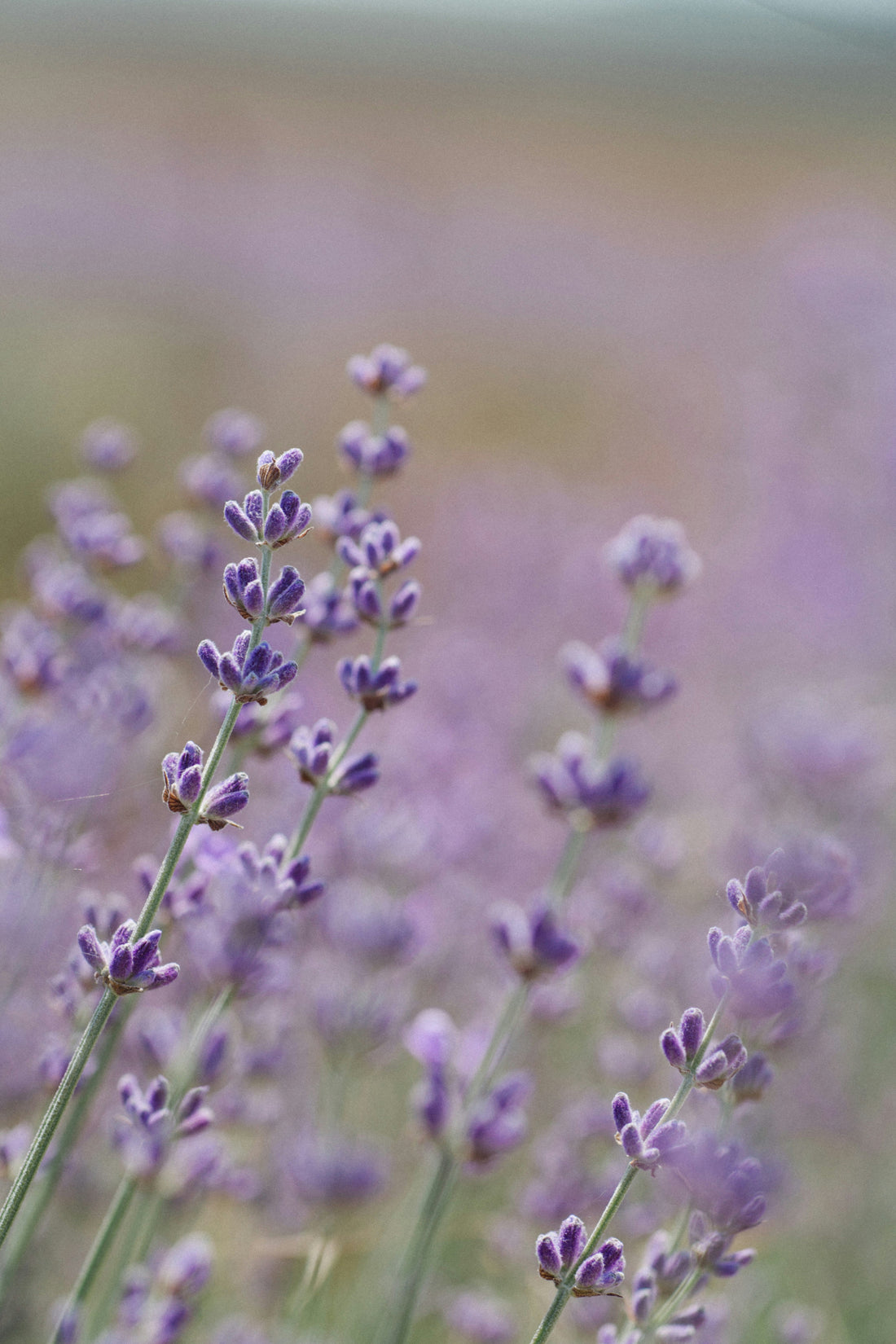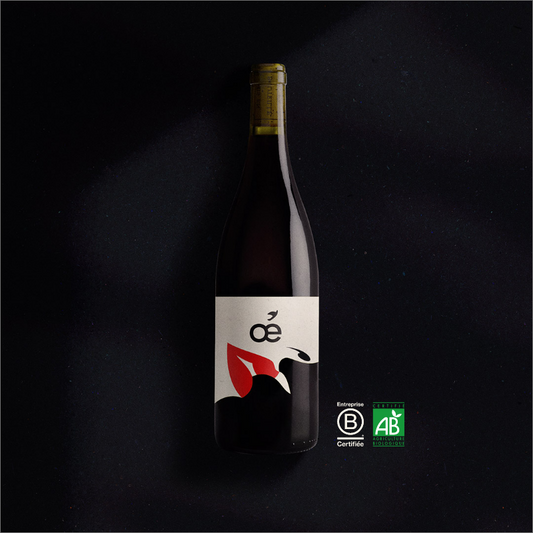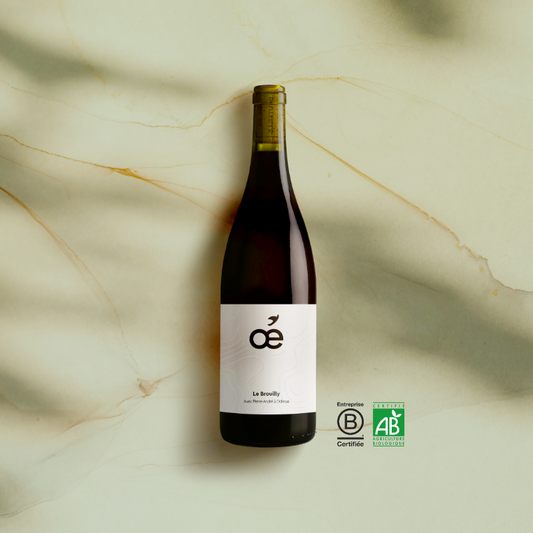A few weeks ago, we told you about agroforestry and the benefits of planting trees and hedges in our vineyards . And since at Oé, we don't do things by halves, we wanted to tell you a little more about the use of hedges in viticulture . This is an opportunity to make a real guard of honor, if we dare say, to our trees and shrubs that we love so much and that help us so much!
Our friends the hedges, allies of the vines
There are a multitude of types of hedges : monospecific hedges, composite hedges, country hedges, bocage hedges … Wait, you can't find your way around in all these terms? Do not panic, at Oé we like to take care of our readers as well as our wines . We explain things to you step by step. Already, let's start with the most important, what exactly is a hedge ?
The true definition of a hedge is a plant border that serves to delimit a field, a garden or any agricultural plot , such as a vineyard for example. It is made up of trees and/or shrubs and branches of different sizes and functions. It can be located at the edge of a ditch , along an embankment or between two agricultural plots.
First of all, it serves as a fence and shield for the plot it delimits. Yes, yes, the hedge is a shield that protects, thanks to its many branches and leaves, against fire, wind, frost, heat and even pests. The hedge is to the plot what Gandalf is to the community of the ring: it lets nothing pass. A hedge is not just a barrier, it is also a living space. It is the dream base for a bird to breed, eat and rest. The hedge becomes a real reservoir of biodiversity .
We speak of a monospecific hedge when a hedge is made up of a single species of tree or shrub and of a composite hedge for hedges made up of different species and sizes.
Country hedges or bocage hedges refer to hedges that include many plant and local species. There are many other types of hedges : dry hedges made up of dry or dead plants, free hedges that develop freely, planted hedges, spontaneous hedges ... You will understand, there is something for everyone. tastes and above all for all the biodiversity.

The different sizes of hedges
In architecture, we make the difference between a building and a house, right? Well, it's the same story with hedges . There are three sizes of hedges and these can have several levels, where many residents reside:
- Low hedges , which are made up of bushy species . Bushy species are shrubs that do not exceed 8 meters such as privet or blackthorn,
- Medium -sized hedges , made up of bushy species and clump trees. Clump trees are trees between 8 and 15 meters such as birch or apple tree,
- High hedges, which additionally contain tall trees. High jet trees are those tall majestic trees 15 to 30 meters high like poplar.
If we take the example of a high hedge , it is made up of several levels which are called strata . And it is these different strata, by their variety, that bring great biodiversity. Magic, isn't it?
- On the ground floor, we find the muscinal stratum , where there is moss, fungi and other microorganisms,
- The first floor is the herbaceous layer which consists mainly of flowers, the favorite meeting place for pollinating insects,
- The second floor is what is called the bushy stratum which contains small shrubs of bushy species, there are many small birds and mammals,
- The shrub layer is our third level, made up of stump trees,
- And arrived at the fifth floor, we find the tree stratum where we have the tall trees.
The visit is over, everyone get down!
The role of hedges in vineyards
Trees are our friends. At Oé, we often talk about them and we fight for their protection . Planting a hedge in a vineyard is always a good idea. Whether in terms of cultural and heritage landscape, trees and shrubs embellish the vine and add diversity and significant life gain for our friends the animals and insects. The diversity is also at the level of fauna and flora. The more composite the hedge , the more varied species it attracts. This biodiversity stabilizes the ecosystem , crop auxiliaries become allies against pests and parasites. Insects, birds, batrachians and mammals find something to stay, feed, reproduce and hide. A real life is articulated between the branches and the foliage. It is both a biological reservoir and a biological corridor.
A biological corridor ? Don't panic, we'll explain. It is a natural corridor which participates in the movement of species within the agricultural plot and promotes its balance. And this thanks to the other elements of biodiversity : wood, stems, branches, groves ... It is a set of infrastructures where everyone has their place, where everyone participates in the balance and development of their environment. Like the bees that circulate the pollen within the vines. If you want to know more about crop auxiliaries and the role of bees in the vines, it's here!
Hedges also play a protective role. In addition to providing a natural barrier against damage from wind, fire and the spraying of phytosanitary products , they effectively diffuse water runoff, facilitate its infiltration and limit soil erosion within the vineyard. They facilitate the work of the winegrowers who do not need additional work, the hedges take care of everything. It's nice isn't it?
Windbreak hedges have the particularity of moderating air corridors and, ultimately, of regulating climatic effects. They also offer additional sources of production to winegrowers (such as wood, fruit, honey). If you want to know more about it, we talk about micro-climate and the benefits of agroforestry here!

When and how to plant a hedge in the vines
Planting a hedge within a vine is not done lightly. You don't plant a vine like you change your shirt. There are many components to consider depending on the function you want to give your vine. So how do you choose the right Jamy hedge ?
To promote good biodiversity, it is preferable to use a set of varied species of at least 15 species , of different sizes and different foliage. Deciduous trees, ie trees that lose their leaves in winter, add biomass to the soil.
For a windbreak effect, favor tall trees such as oak and place the hedge downstream of the vine, perpendicular to the prevailing winds. To fight against erosion , the hedge must be placed at a break in the slope, on the embankments. To set up a biological corridor , a hedge will have its place between the plots and the vines . It is also better to favor local species which have a better ability to adapt to soils and do not invade existing elements.
Wondering when and how to plant a hedge ? The ideal season is from October to March without favoring the winter months. Autumn and early spring are the most favorable times. A distance of 2.50 meters between the hedge and the vine is ideal. Remember to work the soil well before planting and to put mulch to facilitate its aeration, that is to say cover the soil with straw, bark and sawdust. Pruning is done every two years in winter so that the species do not grow too large and do not invade the vines . We tell you everything you need to know about pruning in winter here!

Planting hedges costs 20 euros per meter and is perfectly in line with the current concerns of winegrowers to change our mode of operation and encourage efficient and non-polluting organic farming . The government has understood this, which is why it has set up the “Let's plant hedges!” operation. to encourage farmers to plant hedges on their plots.
At Oé, our winegrowers have adopted this technique. This is the case with François , who produces Le Côtes de Bergerac and Frank and Véronique our Oé winegrowers in Pujols, who produce our delicious red wines .
As you have seen, we have launched our Oé Program for Biodiversity and two partners are supporting us on the subject: the crowdfunding platform Miimosa and the EcoFarms label . If you want to know more, we invite you to discover our project here ! And for our first action, we decided to help Frank and Veronique.
Vines full of life for wines full of taste! The next time we drink a good glass of organic wine , we will think of this whole ecosystem that is activated, which is agitated and which lives in our vines and our hedges, don't you?





